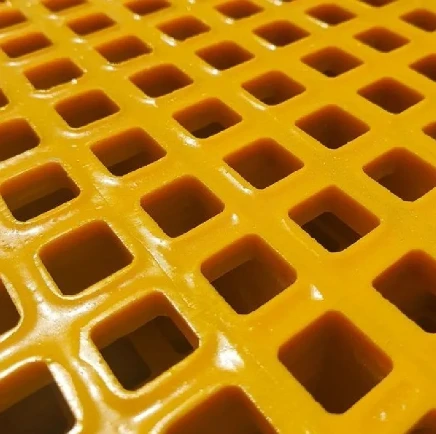- No. 9, Xingyuan South Street, Dongwaihuan Road, Zaoqiang County, Hengshui, Hebei, China
- admin@zjcomposites.com
- +86 15097380338
- Welcome to visit our website!
More Language
Untranslated
Jan . 20, 2025 13:21
Back to list
Composite Food Grade Pressure Vessel With HDPE Inner For Water Filter
Navigating the dynamics of purchasing industrial equipment can be daunting, especially with complex products like FRP vessels. These reinforced plastic tanks are crucial in various applications, ranging from chemical processing to wastewater management. Understanding their pricing structures can save companies a significant amount of time and resources. Here's a comprehensive look at the factors affecting the cost of a 1054 FRP vessel and why they are valued as a preferred choice in the industry.
Regulatory standards and certifications also play a vital role in determining costs. Compliance with industry standards such as ASME RTP-1 for reinforced plastic pressure vessels or specific ISO certifications ensures safety and quality but can lead to higher production expenses. Vessels meeting these standards often come with a price premium, reflecting their assurance of reliability and regulatory adherence, which is paramount in sectors where safety cannot be compromised. Transportation and installation expenses should not be overlooked. The 1054 designation refers to the vessel's dimensions in inches, indicating a 10-inch diameter and 54-inch height, which is relatively manageable. However, logistical considerations such as shipping distances and installation complexities can add to the total cost. Properly planning these logistics in advance can help minimize unforeseen expenditures. Lastly, suppliers and their reputations can heavily influence the price. A well-established manufacturer with a track record of reliability and quality assurance may offer higher pricing compared to lesser-known or emerging companies. However, paying a premium often aligns with reduced risks of defects, better warranties, and more consistent product support, which can result in cost savings over the vessel's operational lifetime. In conclusion, while the initial price of a 1054 FRP vessel is a significant consideration, the true value lies in the balance of upfront cost with long-term performance, maintenance, and operational efficiency. By understanding the multitude of factors impacting the price, businesses can make informed decisions that align with both their budgetary constraints and their strategic operational goals. Trusting in experienced suppliers and manufacturers who emphasize quality, compliance, and reliability is key to maximizing the return on investment for these essential industrial components.


Regulatory standards and certifications also play a vital role in determining costs. Compliance with industry standards such as ASME RTP-1 for reinforced plastic pressure vessels or specific ISO certifications ensures safety and quality but can lead to higher production expenses. Vessels meeting these standards often come with a price premium, reflecting their assurance of reliability and regulatory adherence, which is paramount in sectors where safety cannot be compromised. Transportation and installation expenses should not be overlooked. The 1054 designation refers to the vessel's dimensions in inches, indicating a 10-inch diameter and 54-inch height, which is relatively manageable. However, logistical considerations such as shipping distances and installation complexities can add to the total cost. Properly planning these logistics in advance can help minimize unforeseen expenditures. Lastly, suppliers and their reputations can heavily influence the price. A well-established manufacturer with a track record of reliability and quality assurance may offer higher pricing compared to lesser-known or emerging companies. However, paying a premium often aligns with reduced risks of defects, better warranties, and more consistent product support, which can result in cost savings over the vessel's operational lifetime. In conclusion, while the initial price of a 1054 FRP vessel is a significant consideration, the true value lies in the balance of upfront cost with long-term performance, maintenance, and operational efficiency. By understanding the multitude of factors impacting the price, businesses can make informed decisions that align with both their budgetary constraints and their strategic operational goals. Trusting in experienced suppliers and manufacturers who emphasize quality, compliance, and reliability is key to maximizing the return on investment for these essential industrial components.
Share
Latest news
-
GRP Structures: The Future of Lightweight, High-Performance EngineeringNewsJun.20,2025
-
FRP Water Tank: High-Performance Storage for Corrosive and Clean Water SystemsNewsJun.20,2025
-
FRP Square Tube: The New Industry Standard for Chemical and Structural ApplicationsNewsJun.20,2025
-
FRP Pultruded Profiles: The Ultimate Choice for Lightweight Structural StrengthNewsJun.20,2025
-
FRP Handrails: The Safer, Smarter, and Stronger Choice for Modern InfrastructureNewsJun.20,2025
-
FRP Grating: The Smart Solution for Durable, Lightweight Industrial FlooringNewsJun.20,2025
-
Why Choose a Galvanized Water Tank for Your Storage NeedsNewsMay.21,2025
